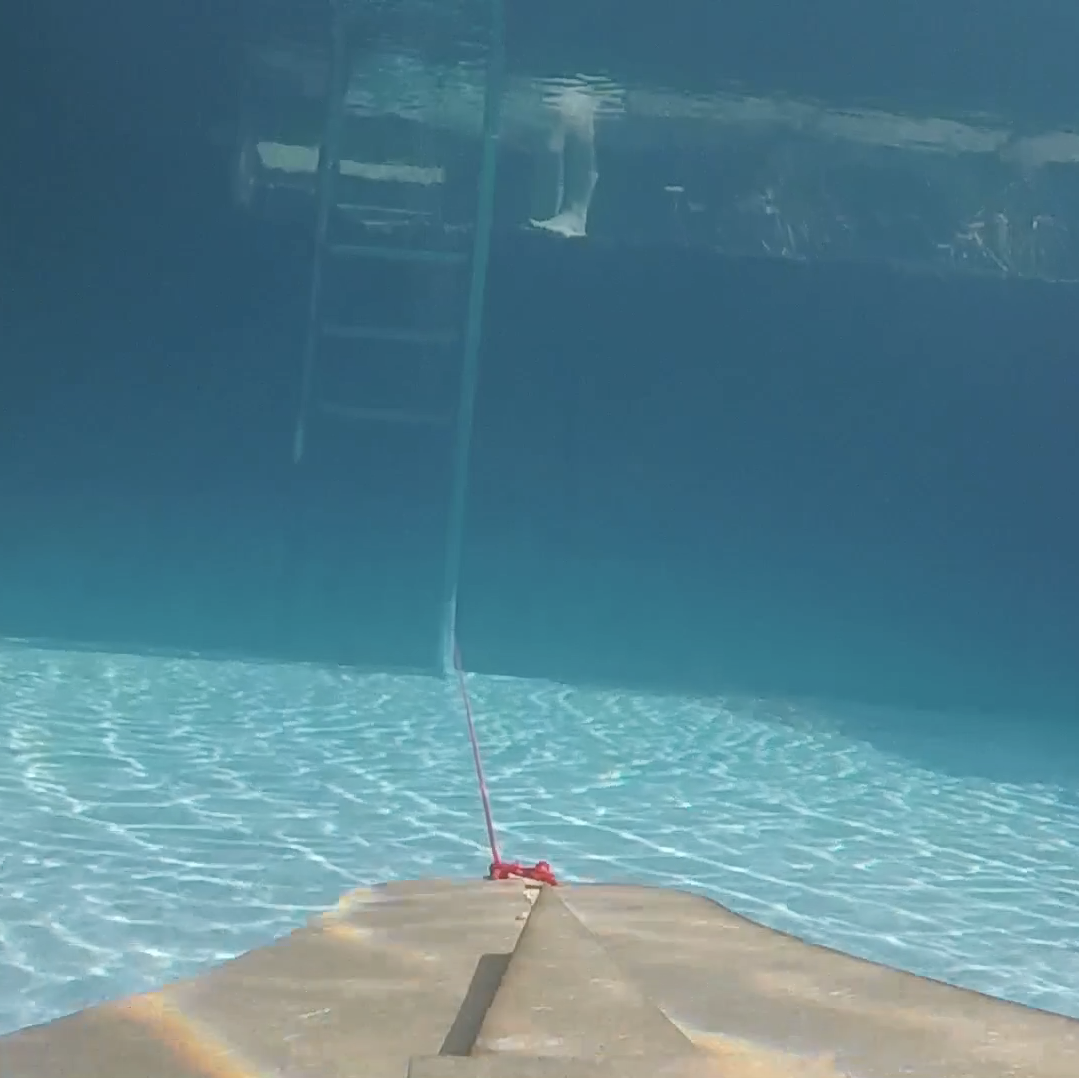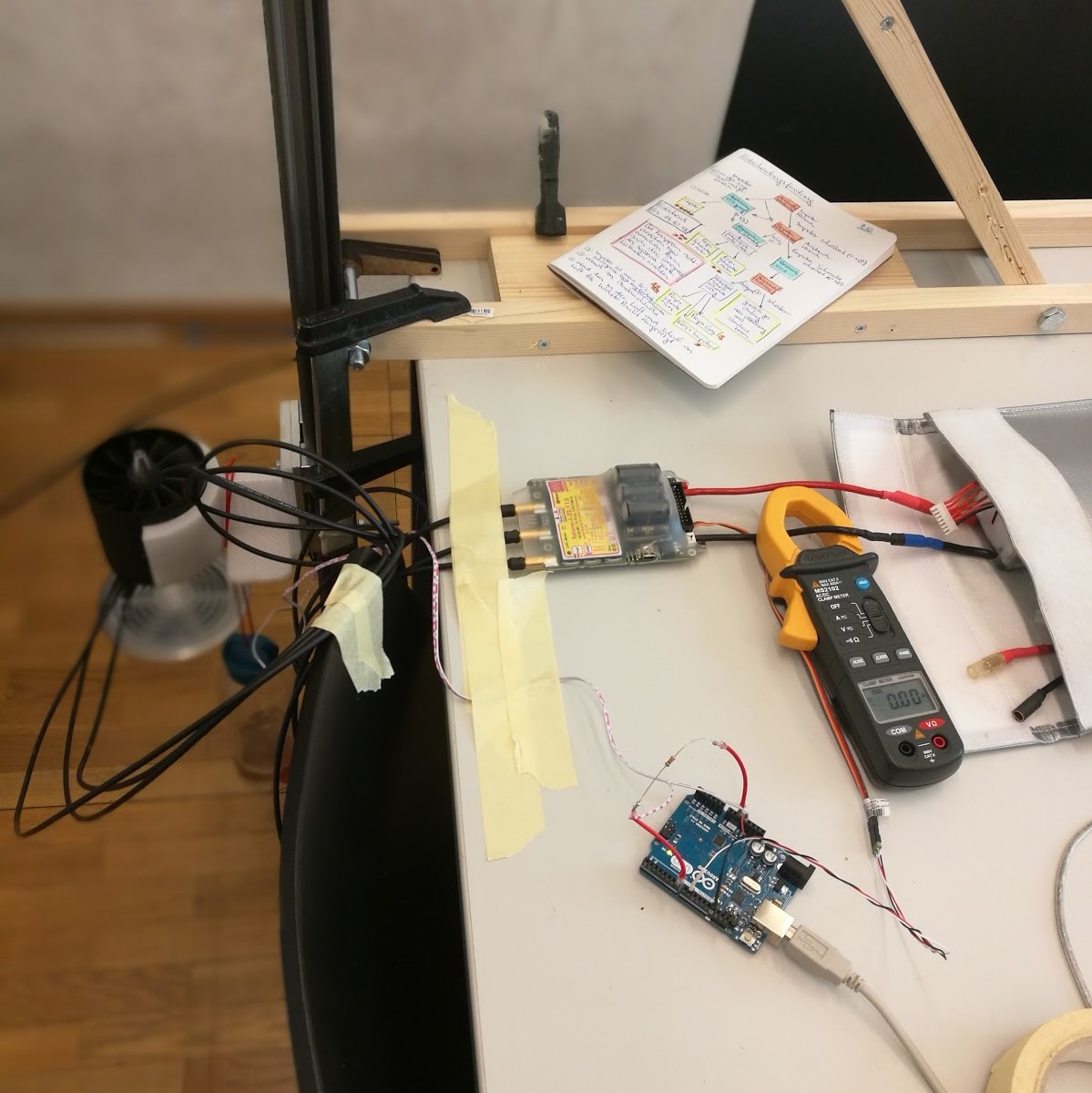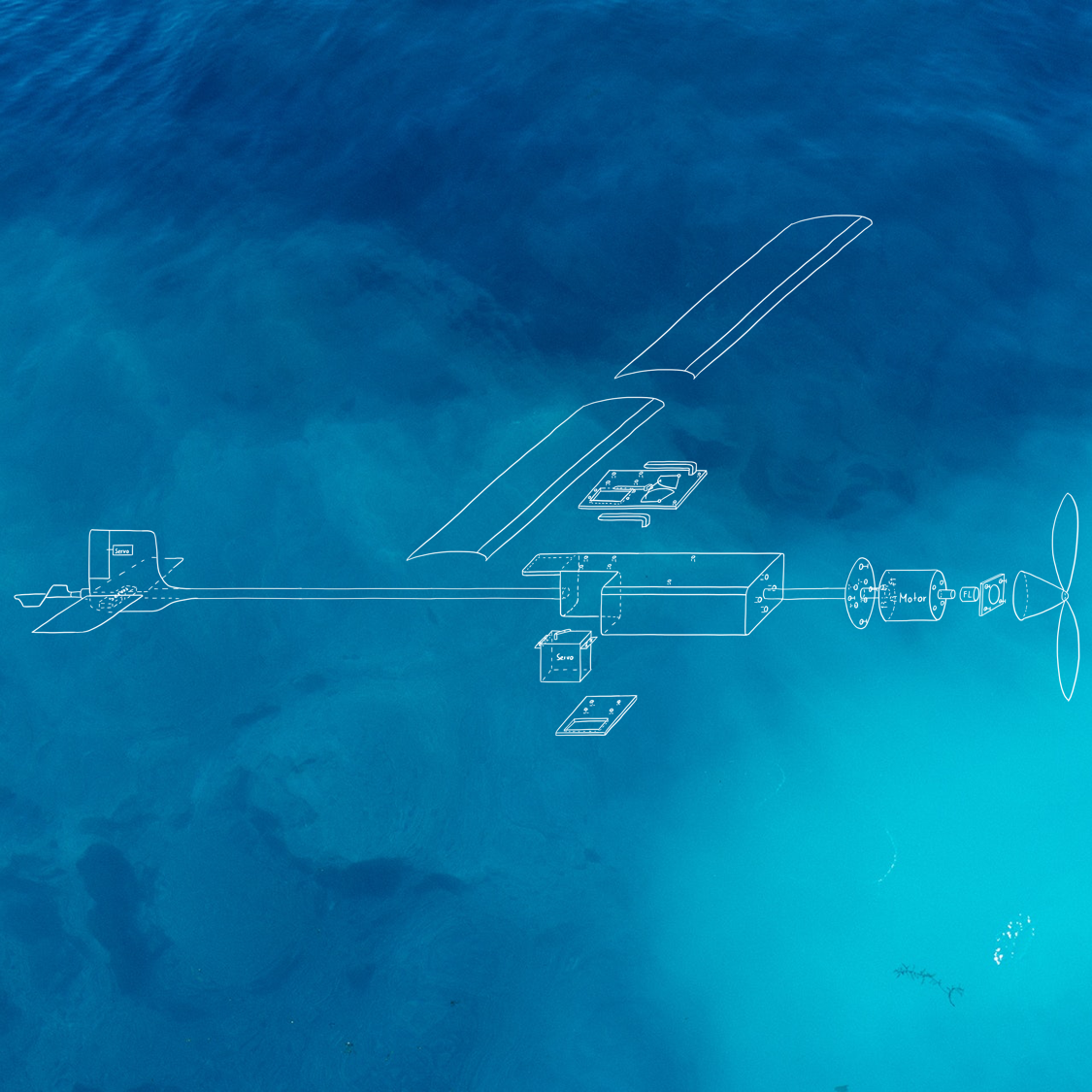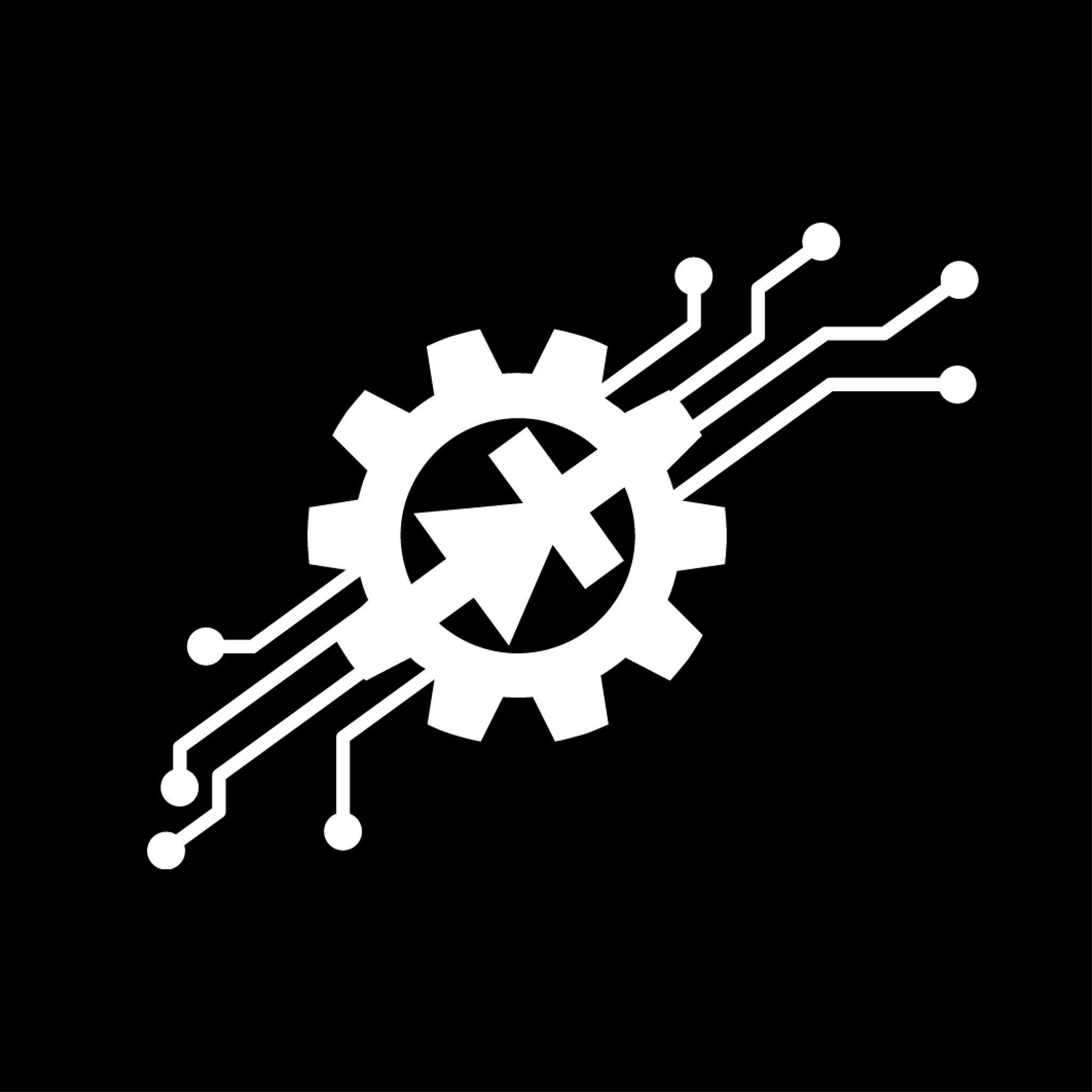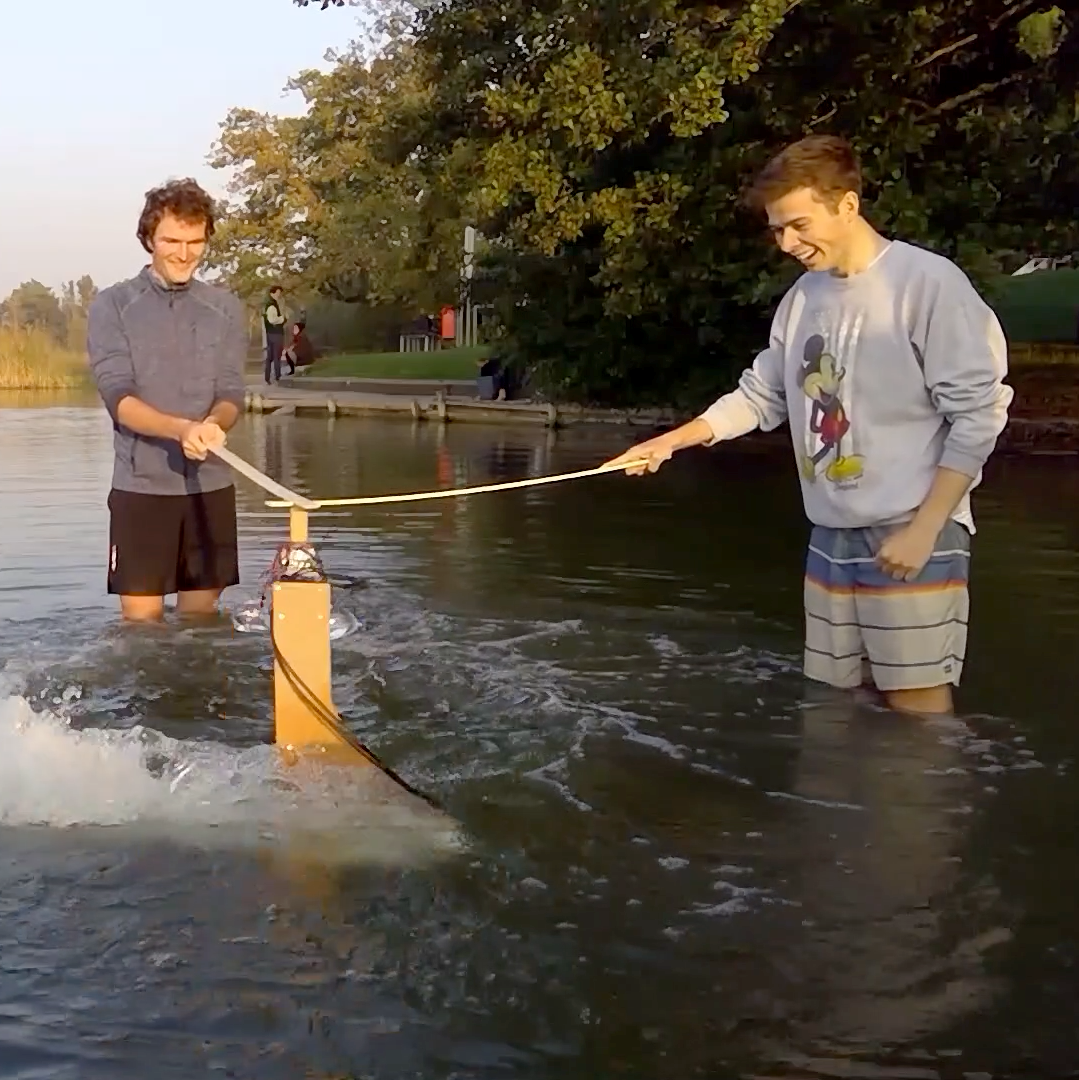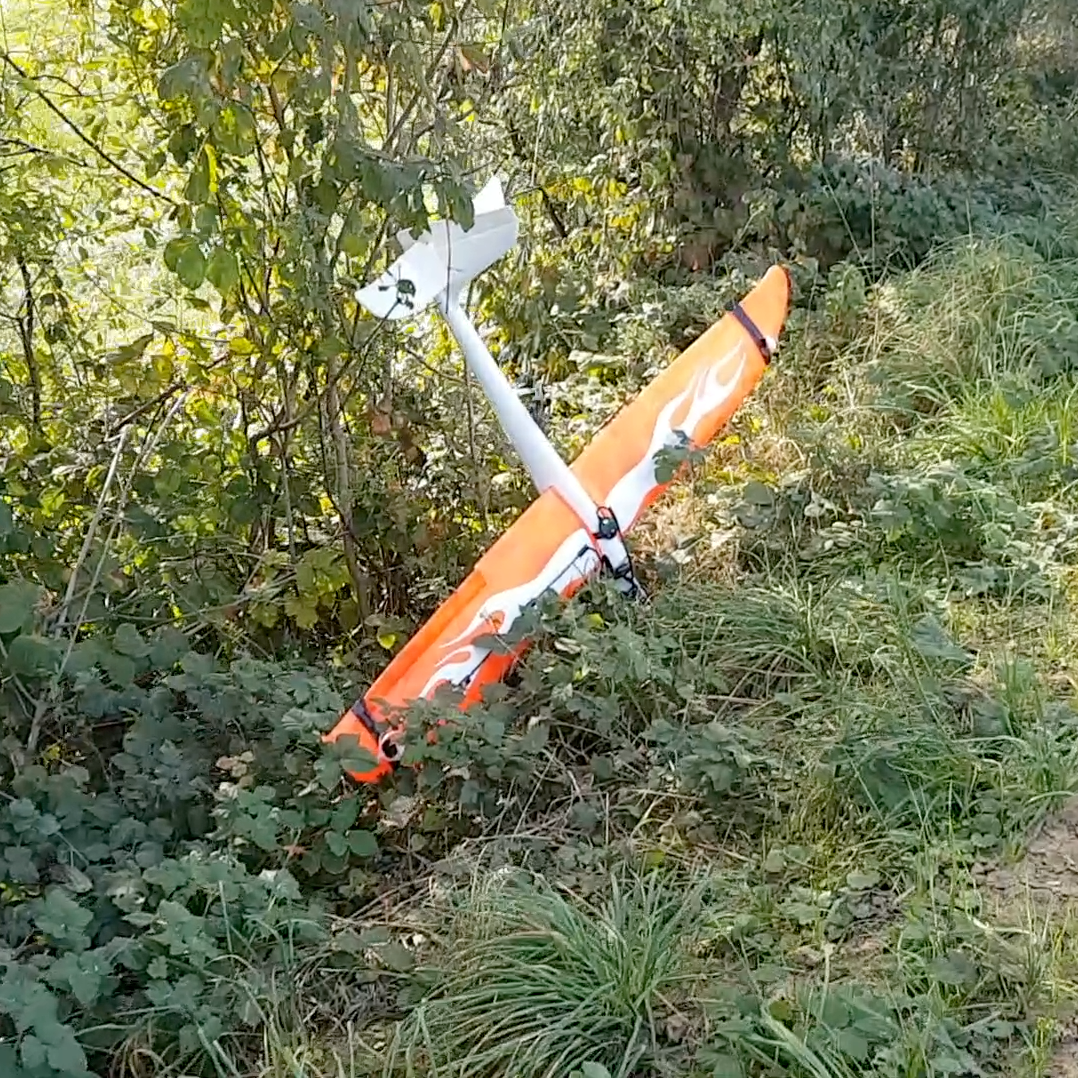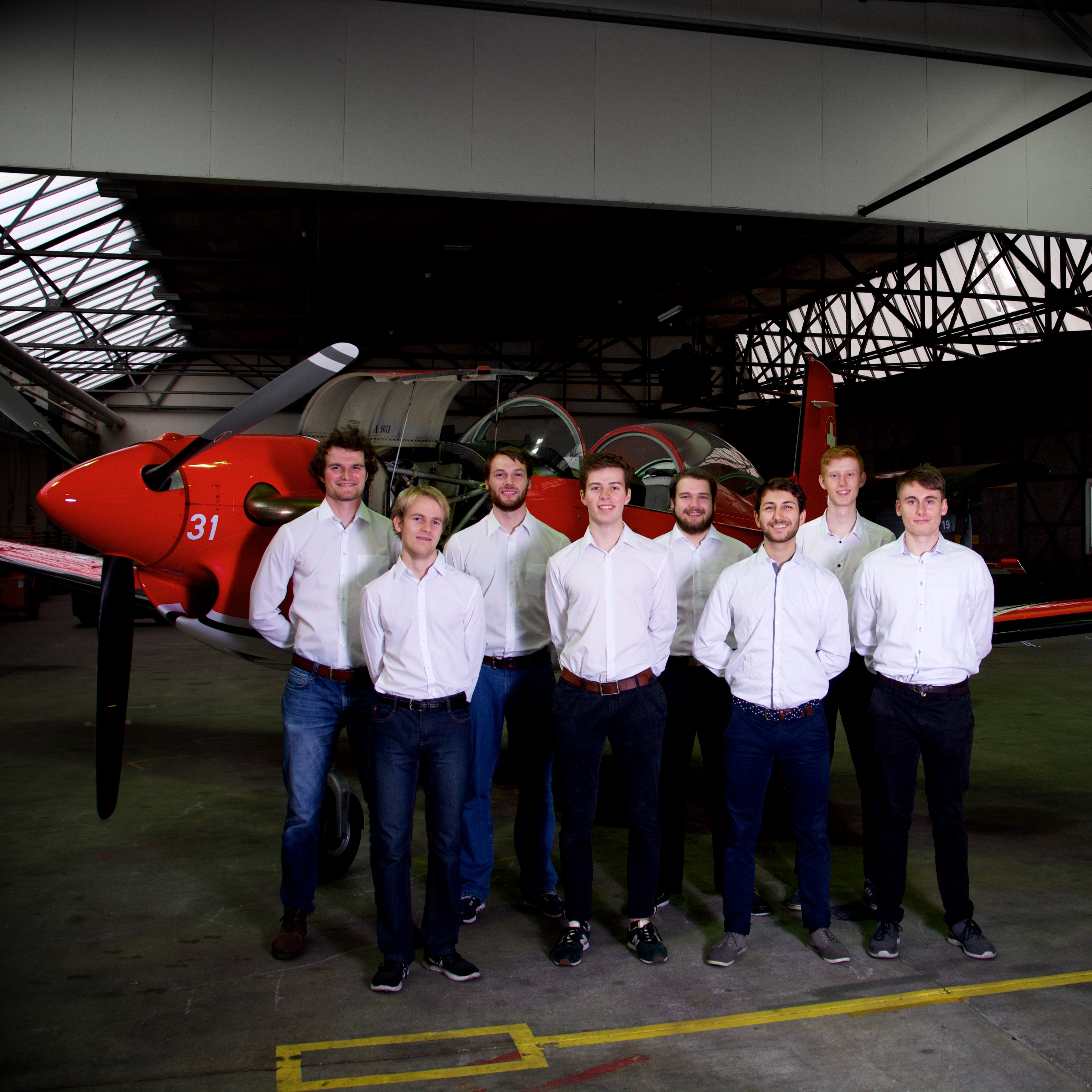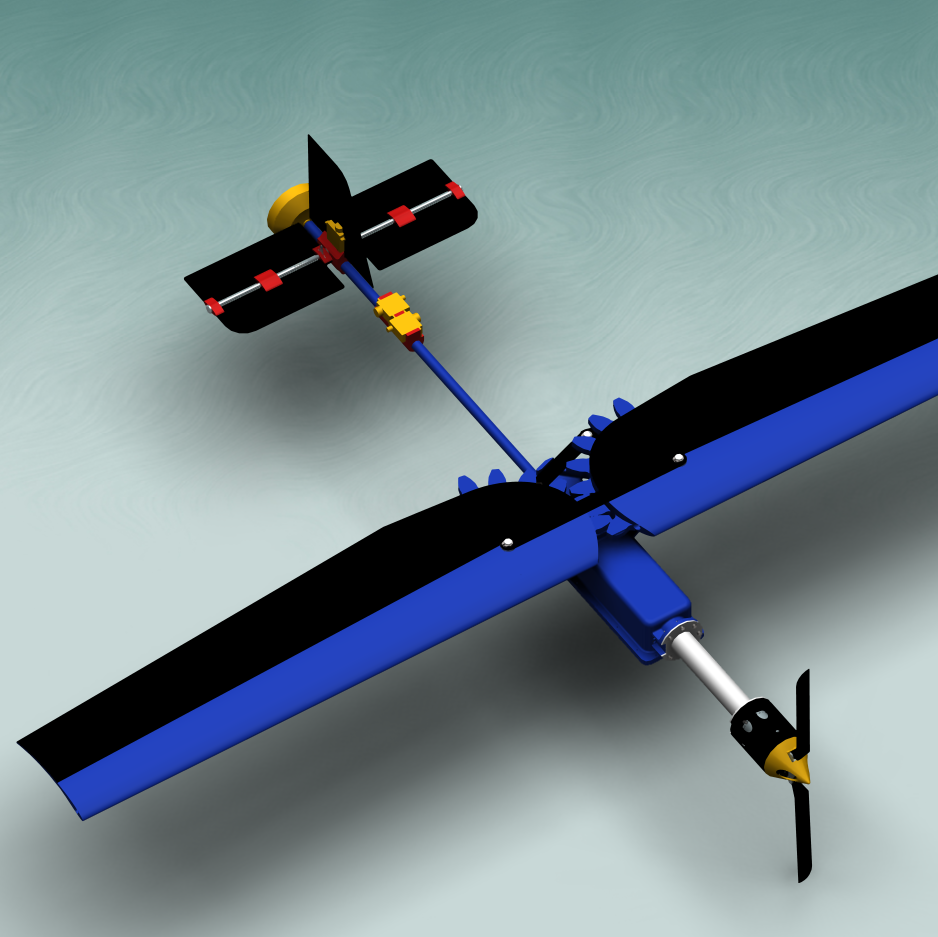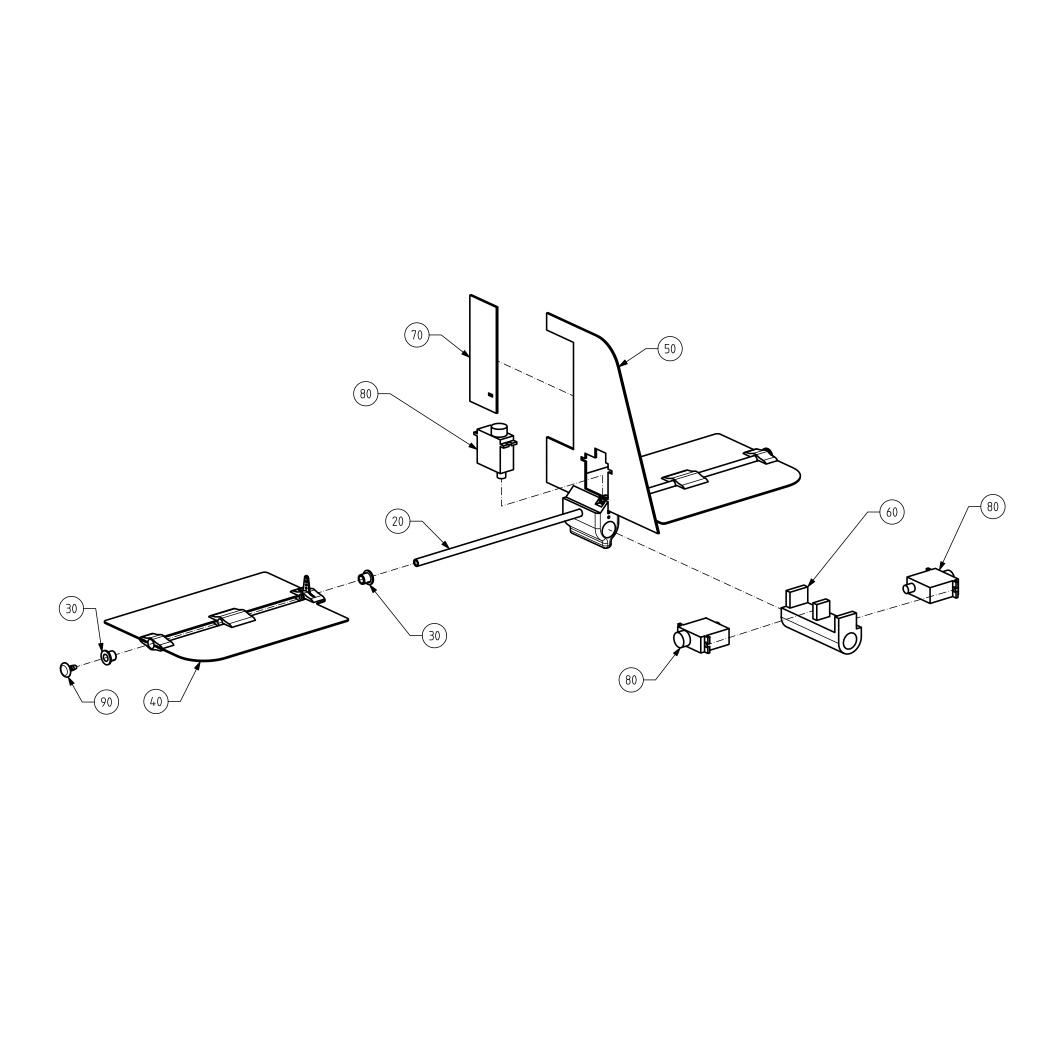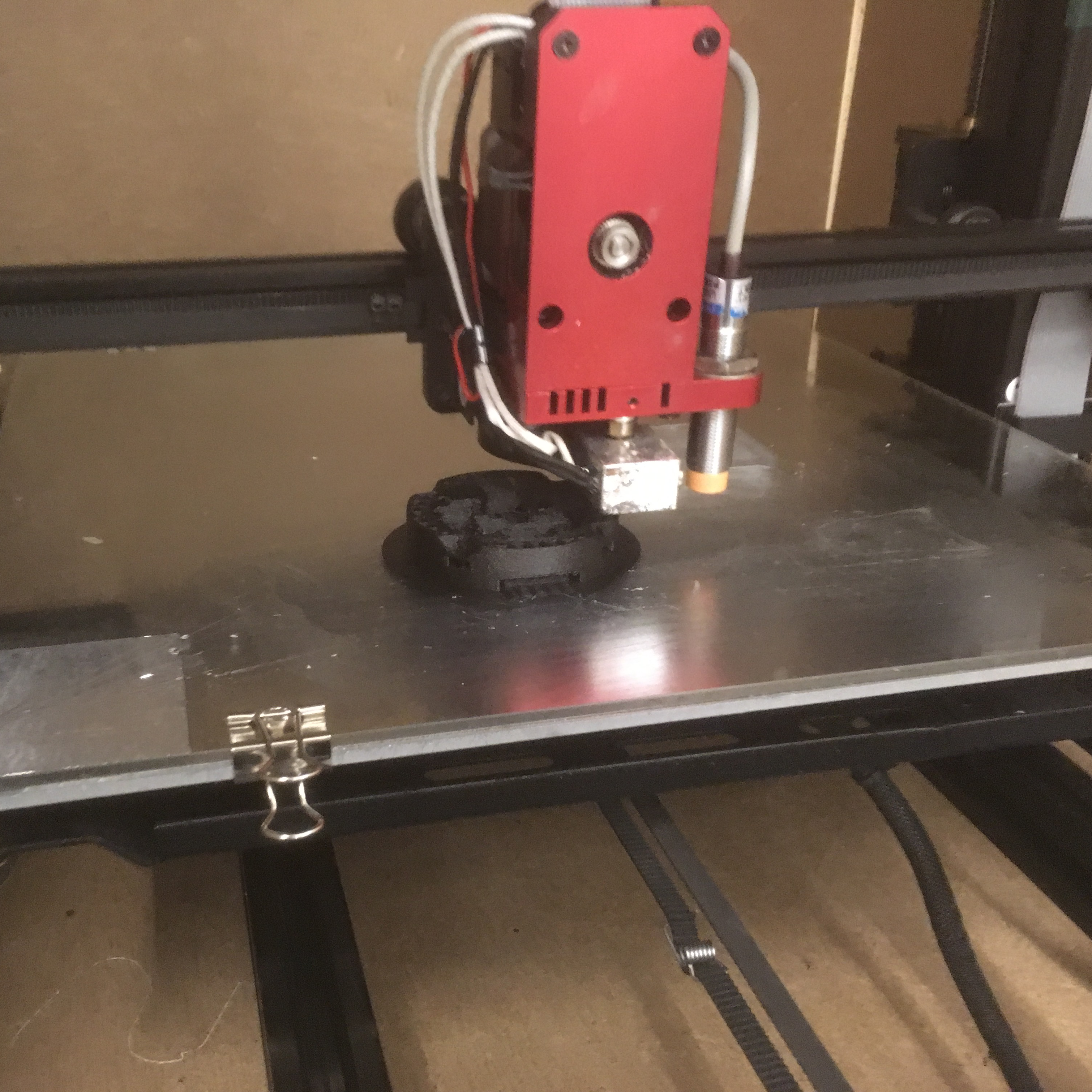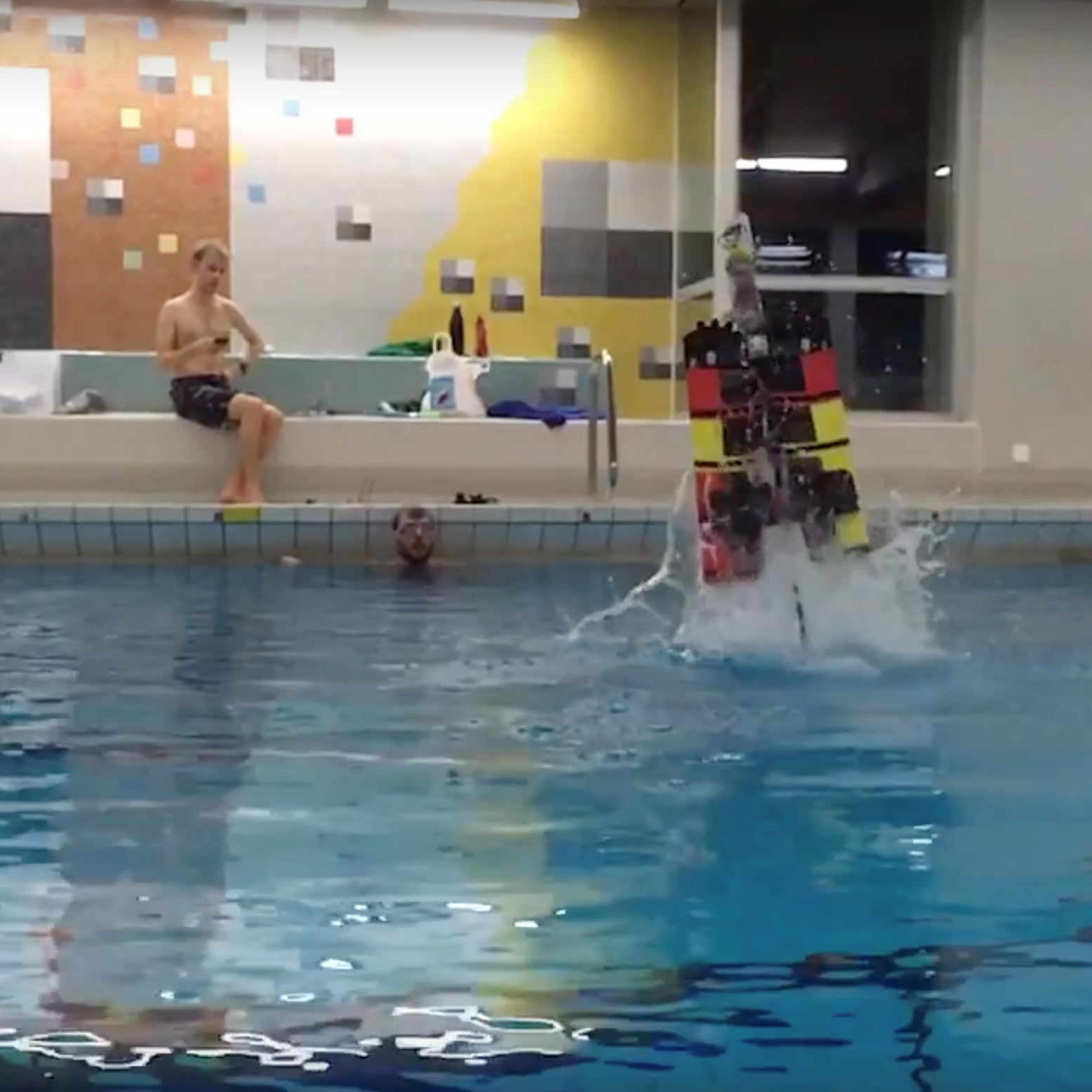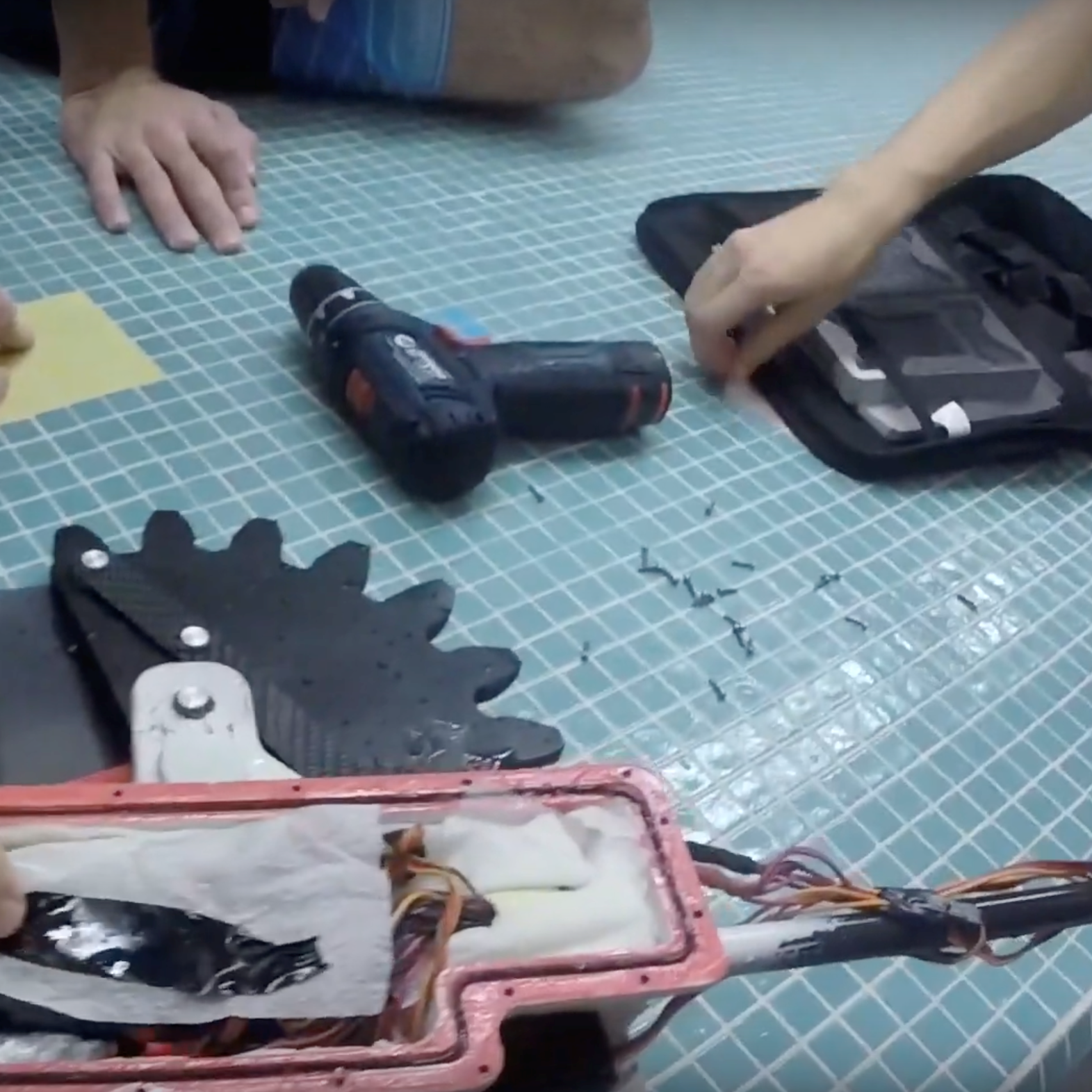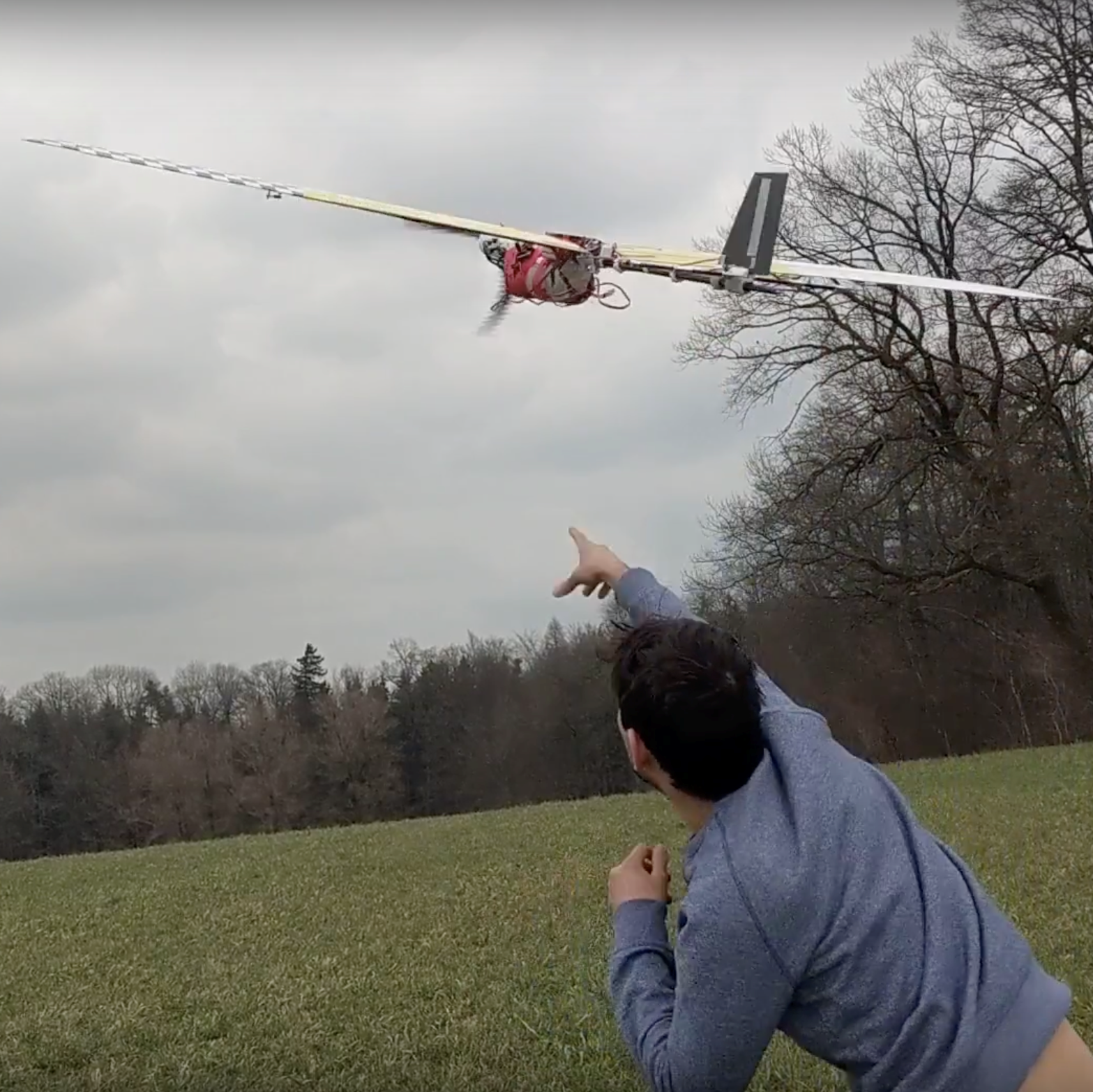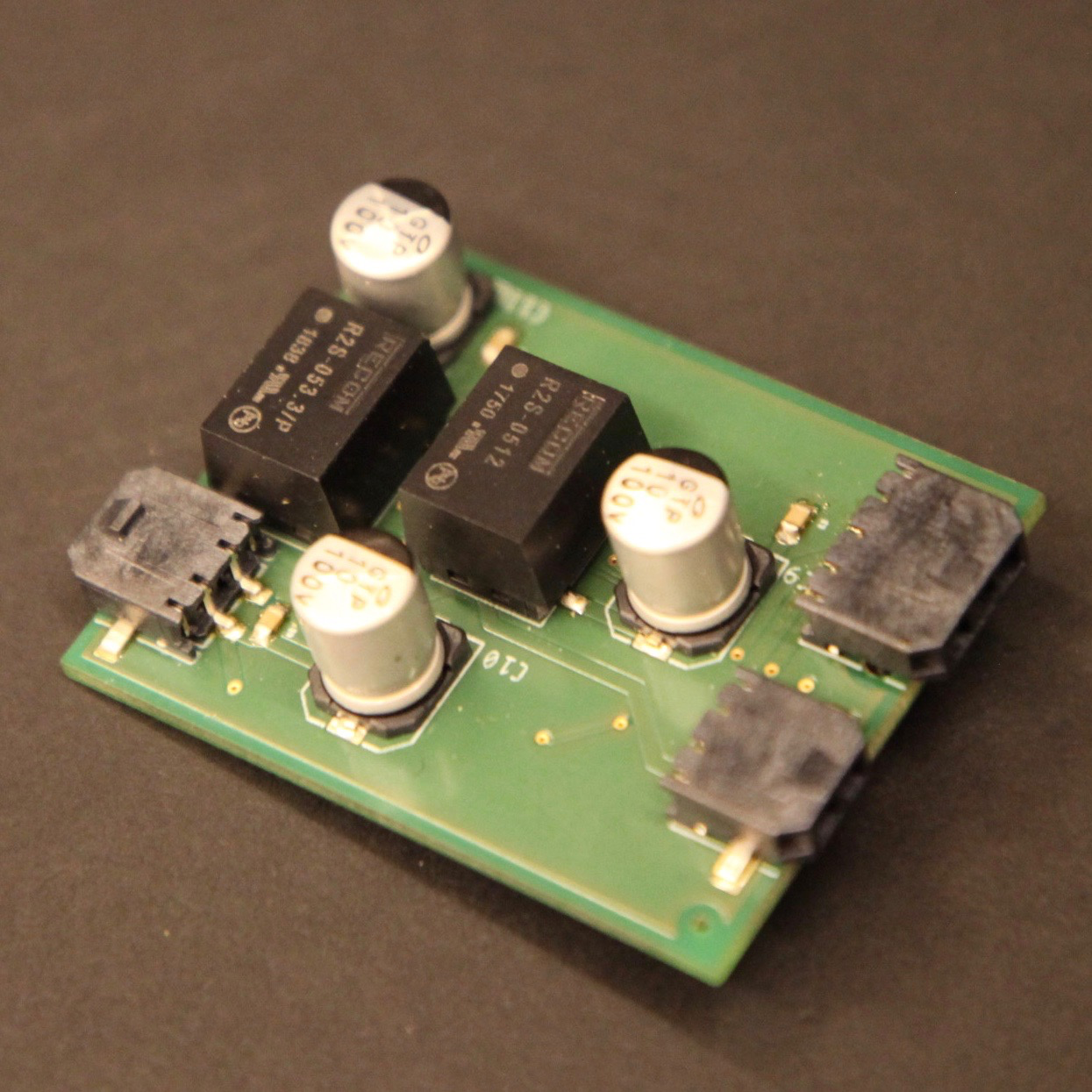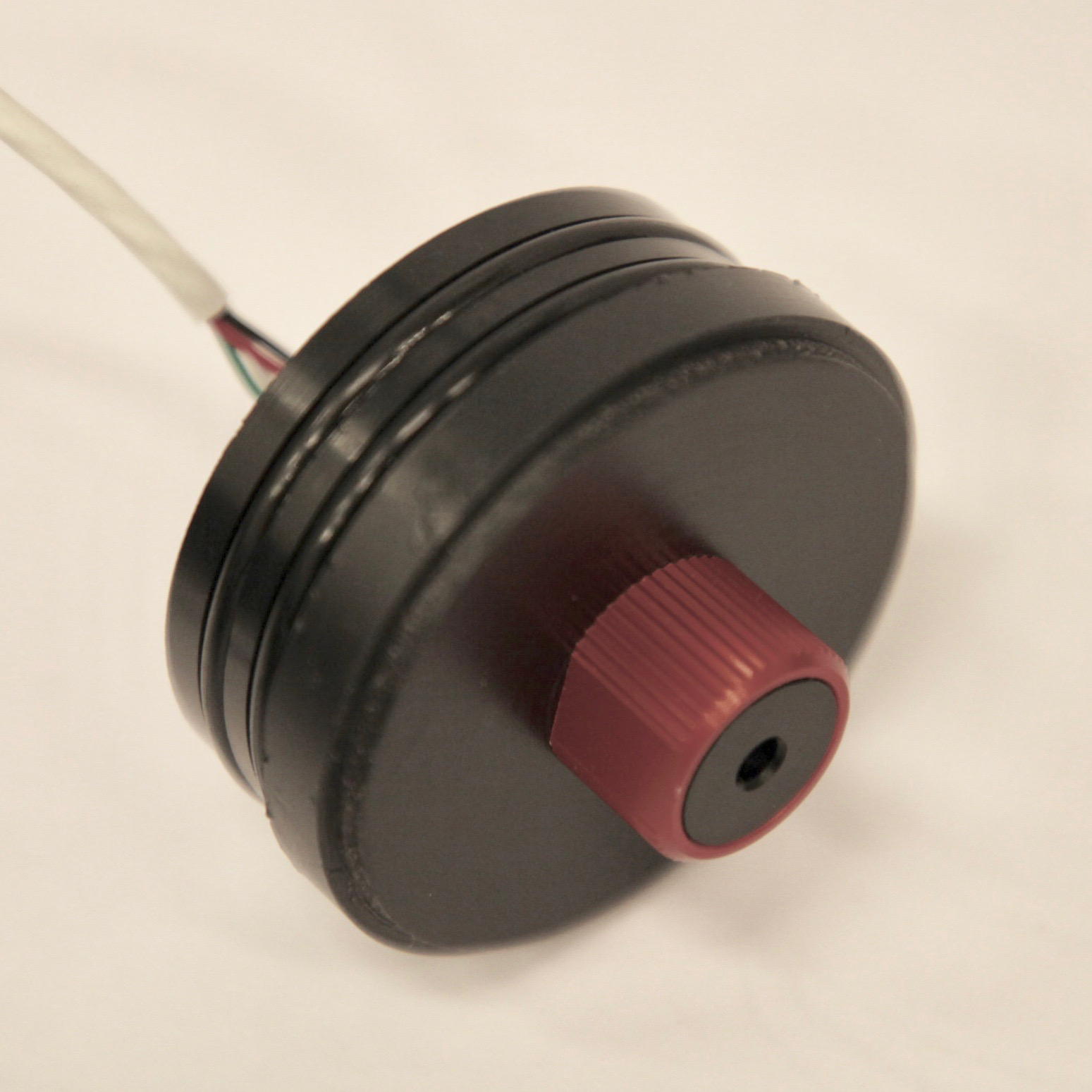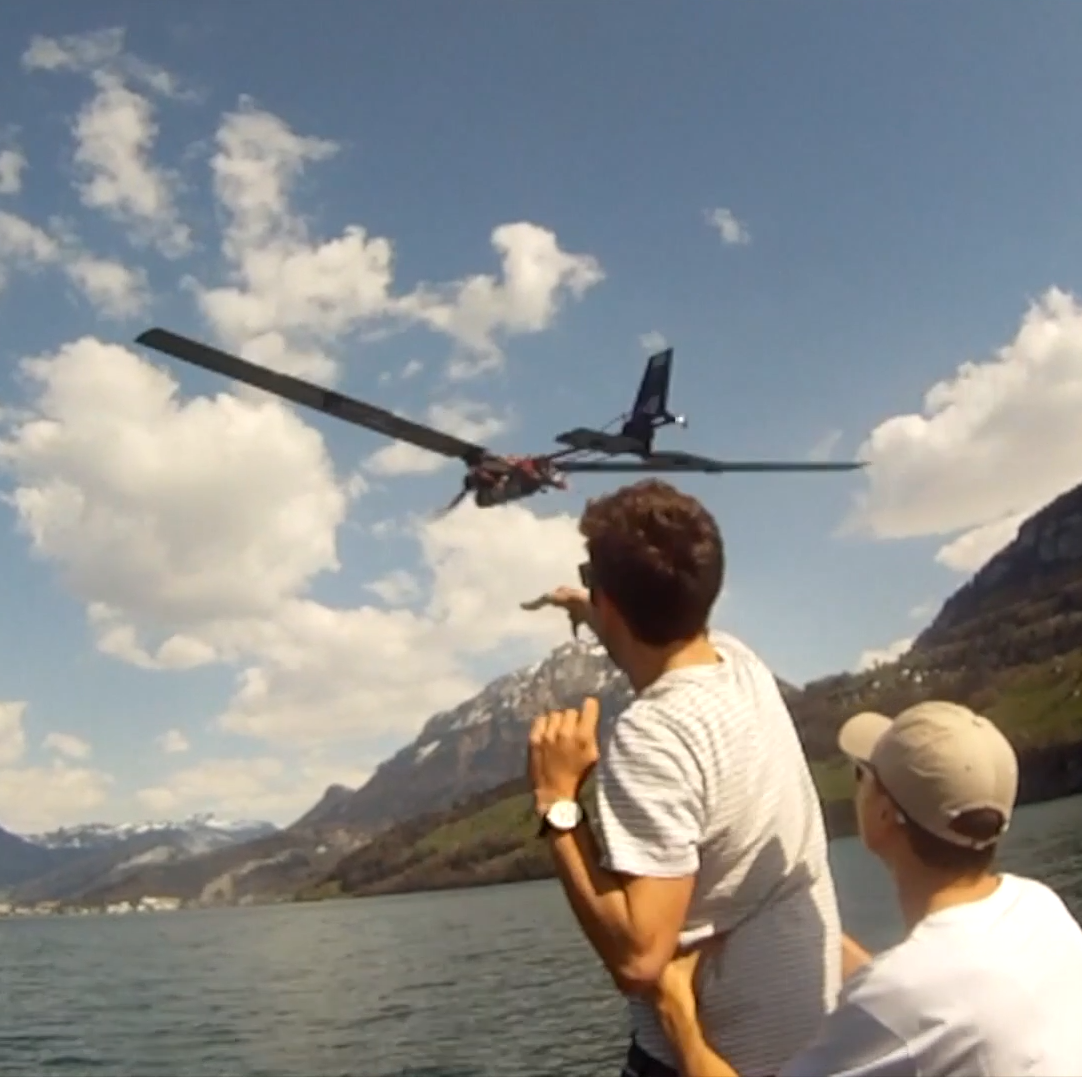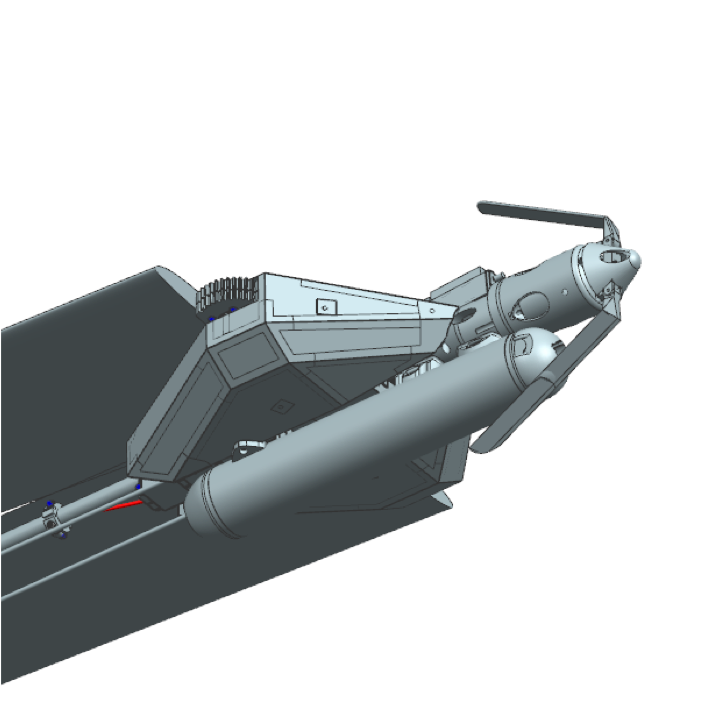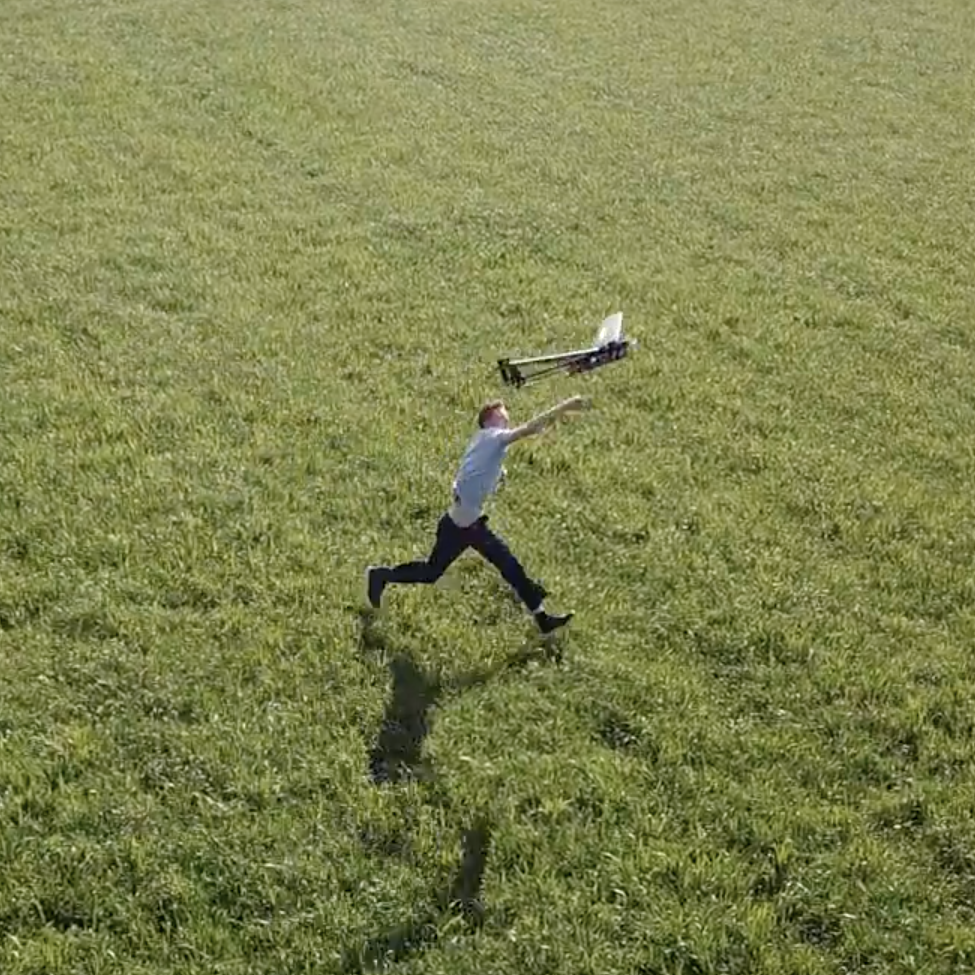Week 35
The roll-out is approaching! This emotional highlight, during which all teams present the results of their 9 months of hard work, motivates us to present our project in the best light. Because a picture says a thousand words, and these are now preferred in moving format, we spent the last few days concentrating on filming. Whether with a drone, our own camera or in the photo studio, we have always attempted to present our “Dipper” in a good light. But back to the technical aspects of our project. Whether in flight, underwater or during water ingress / egress our system is now showing a good figure. That’s why we can spend the next few days focussing on dynamics and tuning.
Anyone who has been following the project for the last 9 months, would like to ask a few questions, or simply wants to watch cool videos is invited to our roll-out presentation on the 28th of May. More information is available here.
 Dipper
Dipper
